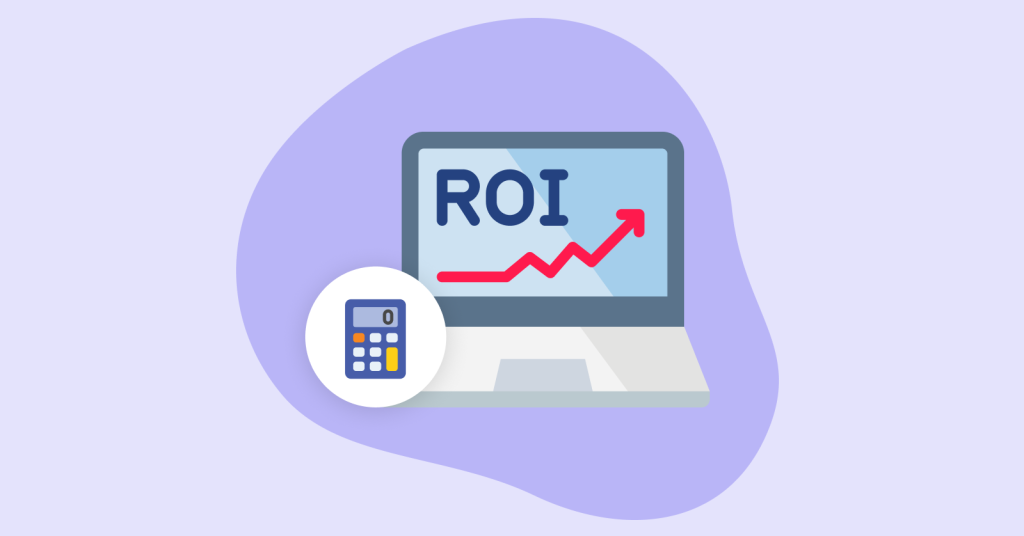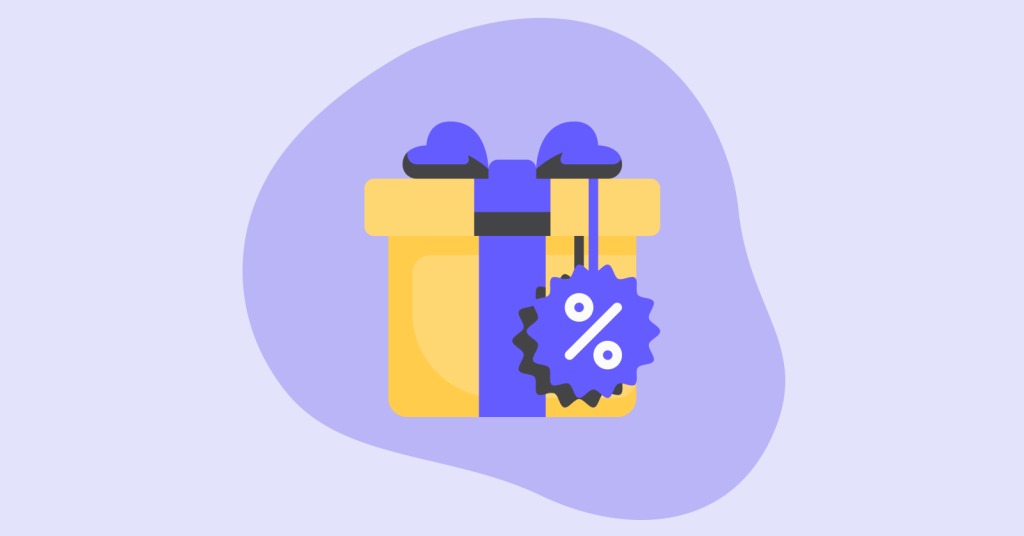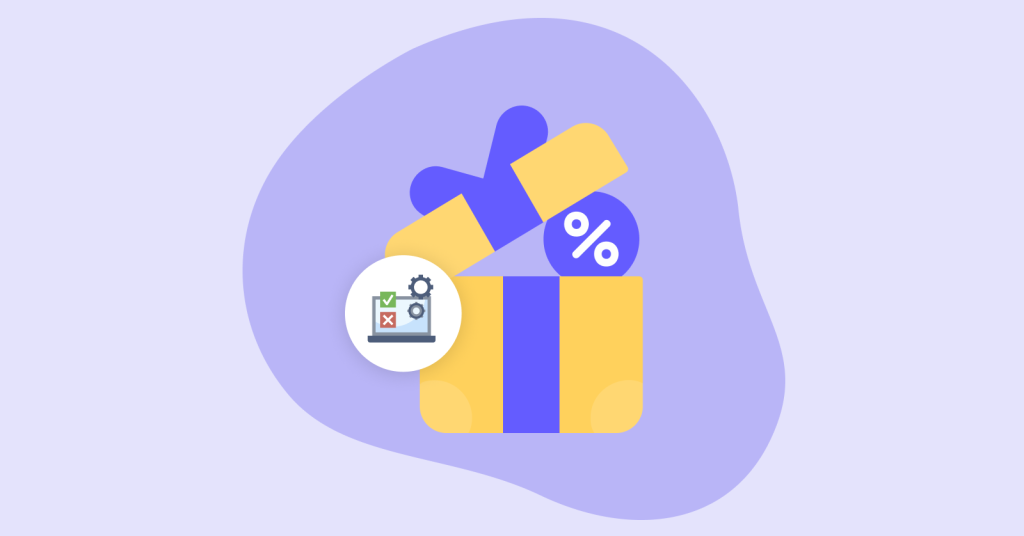Understanding the ROI of loyalty programs entirely is essential for running a loyalty program besides giving points and rewards to your customers. Without tracking the loyalty program’s return on investment, businesses are flying blind.
Measuring the ROI of loyalty programs helps brands justify costs, understand customer behavior, and optimize marketing strategies. In this guide, you’ll learn how to measure the ROI of loyalty programs, optimize them for better performance, and use tools like WPLoyalty to make the process easier and more accurate.
Increase your ROI by driving repeat sales through rewarding customers with loyalty points using the WPLoyalty plugin.
Why Measuring Loyalty Program ROI Matters
The importance of loyalty program ROI goes beyond numbers. When you accurately calculate the loyalty marketing ROI, it becomes clear how your efforts affect customer retention strategies and lifetime value. A strong ROI of loyalty programs means your program is encouraging repeat purchases, improving customer engagement, and driving profitability.
Ignoring ROI metrics leads to wasted resources, inefficient campaigns, and stagnant loyalty growth. Customer retention strategies directly benefit from a well-measured ROI of loyalty programs, ensuring that every reward dollar spent drives measurable value.
Key Metrics to Calculate the ROI of Loyalty Programs
Tracking the right metrics is crucial to accurately gauge the ROI of loyalty programs. These metrics provide a holistic view of how your loyalty efforts are impacting your business:

- Enrollment Rate: Indicates initial interest and the ease of signing up. If enrollment is low, it might signal barriers in the registration process or insufficient perceived value.
- Repeat Purchase Rate: Loyalty programs should significantly boost how often customers return to purchase again. High rates show strong program effectiveness.
- Average Order Value (AOV): Customers in loyalty programs should ideally spend more per transaction. Monitoring AOV helps assess whether incentives are driving higher-value purchases.
Also Read: 15 Best Ways to Increase Average Order Value.
- Customer Lifetime Value (CLV): A vital measure that indicates how much a customer is expected to spend throughout their relationship with the brand. Effective loyalty programs extend CLV dramatically.
- Redemption Rate: Not just how many rewards are given, but how many are used. Low redemption rates could indicate unappealing rewards or a confusing redemption process.
- Engagement Rate: Beyond purchases, look at how customers interact with emails, campaigns, surveys, or social media promotions tied to the loyalty program.
Together, these customer loyalty program KPIs ensure your strategy stays customer-focused and financially rewarding.
Also Read: Key KPIs to Track the Success of Your Loyalty Program.
How to Calculate Loyalty Program ROI Step-by-Step
Calculating the ROI of loyalty programs ensures every dollar invested returns value. Here is a more detailed step-by-step method:
Step 1: Define Objectives and Scope
Establish what your loyalty program aims to achieve. Is it an increased frequency of purchases, higher AOV, or stronger brand advocacy?
Step 2: Measure Total Benefits
Track:
- Incremental revenue is generated exclusively by loyalty members.
- Increased purchase frequency.
- Higher customer retention rates compared to non-members.
Also Read: 5 Customer Retention Strategies to Keep Your Customers.
Use customer segments to isolate loyalty impact more accurately.
Step 3: Identify Total Costs
Include:
- Reward costs (product giveaways, discounts, special offers).
- Technology costs (software like WPLoyalty, maintenance, integrations).
- Marketing and promotional spending are tied to the loyalty program.
- Administrative expenses (personnel, training, materials).
Step 4: Apply the ROI Formula
ROI (%) = [(Benefits – Costs) / Costs] x 100
Ensure your numbers reflect real, loyalty-driven results, not general brand growth.
Step 5: Evaluate and Refine
Calculate ROI periodically (monthly or quarterly) and tweak your program based on what the numbers reveal. If the loyalty program ROI isn’t strong, reassess your rewards, tiers, and engagement strategies.
Also Read: How to Set Up a Tiered Loyalty Program (+ Examples).
Common Challenges in Measuring Loyalty Program Success
While the ROI of loyalty programs can skyrocket growth, there are hurdles:
- Attribution issues: Was a repeat purchase due to loyalty or other factors?
- Data tracking gaps: Offline purchases aren’t always connected to loyalty profiles.
- Changing customer behavior: Makes historical data tricky.
Recognizing these loyalty program challenges and tackling them early ensures better loyalty program optimization and evaluation.
Decrease your customer acquisition costs by rewarding customers for referring new customers through product sharing with the WPLoyalty plugin.
Tools and Plugins to Track Loyalty Program ROI
Manual tracking of loyalty program return on investment can be inefficient and error-prone. Using dedicated tools like WPLoyalty makes measuring much more reliable and actionable.

WPLoyalty specifically helps WooCommerce store owners by offering:
- Real-time Reporting Dashboards: Instantly view your program’s performance without needing complex spreadsheets.
- Automated Segmentation: Automatically segment customers and create tiered loyalty levels in WooCommerce based on behavior, making loyalty impact clearer.
- CLV Enhancement Tracking: Monitor improvements in lifetime value with loyalty participation.
- Reward Effectiveness Insights: Understand which rewards drive the most redemptions and sales.
- Campaign Performance Analytics: See how specific loyalty-driven promotions affect revenue.
Other popular alternatives include:
- Smile.io for Shopify
- Yotpo Loyalty & Rewards
- LoyaltyLion
However, WPLoyalty is uniquely tailored to WooCommerce environments, offering seamless integration and a complete loyalty analytics suite without heavy technical setups.
Improving the ROI of Your Loyalty Program
To consistently boost the ROI of loyalty programs, you need a proactive and data-driven approach:
Customer Segmentation and Personalization
- Use customer purchase history, behavior, and demographics to segment.
- Offer personalized rewards that make members feel valued
Reward Variety and Freshness

- Rotate rewards based on seasons, product launches, or customer interests.
- Create exclusive experiences (VIP sales, early product access) to drive engagement.
Gamification
- Introduce badges, tiers, levels, and achievements.
- Customers love challenges, and gamification can significantly enhance participation and purchase frequency. WordPress allows usage of gamification plugins too.
Continuous Testing and Optimization

- A/B tests different reward structures and messaging.
- Track which rewards campaigns deliver the highest return and iterate rapidly.
Automation for Efficiency
- Use platforms like WPLoyalty to automate reward points issuance, birthday rewards, anniversary campaigns, and win-back offers.
Also Read: How to Give Customers Points on their Birthdays in WooCommerce.
By combining segmentation, automation, gamification, and continuous refinement, you can significantly maximize the loyalty marketing ROI.
Real-World Examples of Loyalty Program ROI Calculations
Example 1: Electronics eCommerce Store Using WPLoyalty
- Pre-loyalty program CLV: $500
- Post-loyalty program CLV: $800
- Enrollment Rate: 45% of total customers
- Program Cost (annual): $40,000
- Additional Revenue (annual): $160,000
ROI = [(160,000 – 40,000) / 40,000] x 100 = 300%
Result: By segmenting VIP customers and offering double points during sales, the store tripled its loyalty rewards ROI.
Example 2: Fashion Brand Without Dedicated Tracking
- Program Cost (annual): $60,000
- Estimated Additional Revenue (annual): $70,000
ROI = [(70,000 – 60,000) / 60,000] x 100 = 16.6%
Result: Without clear attribution and optimization, the fashion brand’s loyalty program barely broke even.
Key Lesson: Having dedicated tools like WPLoyalty and a strong optimization mindset can make the difference between moderate and outstanding loyalty program success.
Boost your return on investment by encouraging repeat purchases through reward points using the WPLoyalty plugin.
Conclusion
Measuring the ROI of loyalty programs is no longer optional. It’s essential for scaling customer loyalty, increasing revenue, and refining marketing efforts. Any business can unlock incredible loyalty program return calculations with the right loyalty program best practices, like using WPLoyalty, setting clear goals, and tracking accurate metrics.
Invest in a smart loyalty tool, stay focused on customer engagement, and constantly optimize based on real data — that’s the formula for maximizing the success and ROI of loyalty programs.
Ready to see real growth? Start tracking your ROI of loyalty programs today with WPLoyalty and turn your loyalty efforts into tangible business wins.
Related Read:
- Customer Loyalty Programs: A Complete Guide 2025
- Loyalty Program Management: 10 Best Practices + Software
- What do Customers Expect from a Loyalty Program
Frequently Asked Questions
A good ROI of Loyalty Programs typically ranges from 200% to 400%. Evaluating Loyalty Programs regularly with real data or an ROI calculator helps benchmark your success against Loyalty Program ROI case study examples.
It’s ideal to measure the ROI of Loyalty Programs quarterly. Frequent evaluation allows you to adjust Loyalty Program cost strategies and optimize rewards based on the average redemption rate for loyalty programs.
Yes, small businesses can achieve a strong ROI of Loyalty Programs by using a Loyalty Management System and tracking costs carefully. Smart tools and regular evaluation of Loyalty Programs make profitability possible even at lower scales.
Absolutely. Financial metrics show hard revenue impact, while non-financial metrics like engagement rates reveal deeper loyalty behaviors. Both are critical when evaluating Loyalty Programs or analyzing any Loyalty Program ROI case study.
CLV directly impacts the ROI of Loyalty Programs because higher lifetime value means better returns on your Loyalty Program cost. Smart programs focus on boosting CLV through reward structures explained in how to calculate loyalty points.
The average ROI of Loyalty Programs hovers between 200%-300% across industries, though it varies by the loyalty structure and average redemption rate for loyalty programs. Using a Loyalty Management System can significantly improve your program’s returns.
